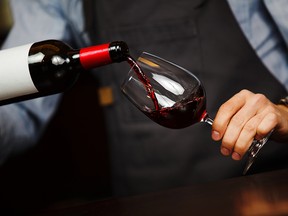What’s in a name? Or in this case, what’s with a word? The word reserve is found emblazoned on many wine labels. But what does it mean? Does it bear real significance? It depends on the wine region. It depends on the winery.
And it, of course, depends on the marketing team promoting the wine. So here are a few considerations to keep in mind when picking up a bottle of reserve wine. Cono Sur 2022 Reserva Especial Carmenere, Chile ($15.
99, #464990) Not much translation is required to note that reserva is Spanish for reserve, and likewise especial is self-explanatory. Indeed reserva is employed quite judiciously on wine bottles from South America. Perhaps its partly a connection with wines from Spain (see next bottle), but since there is no legal restriction on using the term it’s no doubt also part of a marketing push to associate wines with higher quality.
Cono Sur uses Reserva Especial to set apart their Valley Collection of wines, which highlight the “best valley for each variety.” In the case of this sumptuous, dark fruit and smooth mocha-imbued Carmenere that valley is the Cachapoal. Bottom line: B, Comforting red.
Viña Real 2019 Rioja Crianza, Spain ($24.99, #356386) Wait a sec, there’s no reserve or reserva on this wine label. True, and when it comes to use of the word for Spanish wine they really mean business.
In the Rioja region the term reserva can legally only be used for wines that have aged a minimum of three years (with one year in oak barrel). Here.


















